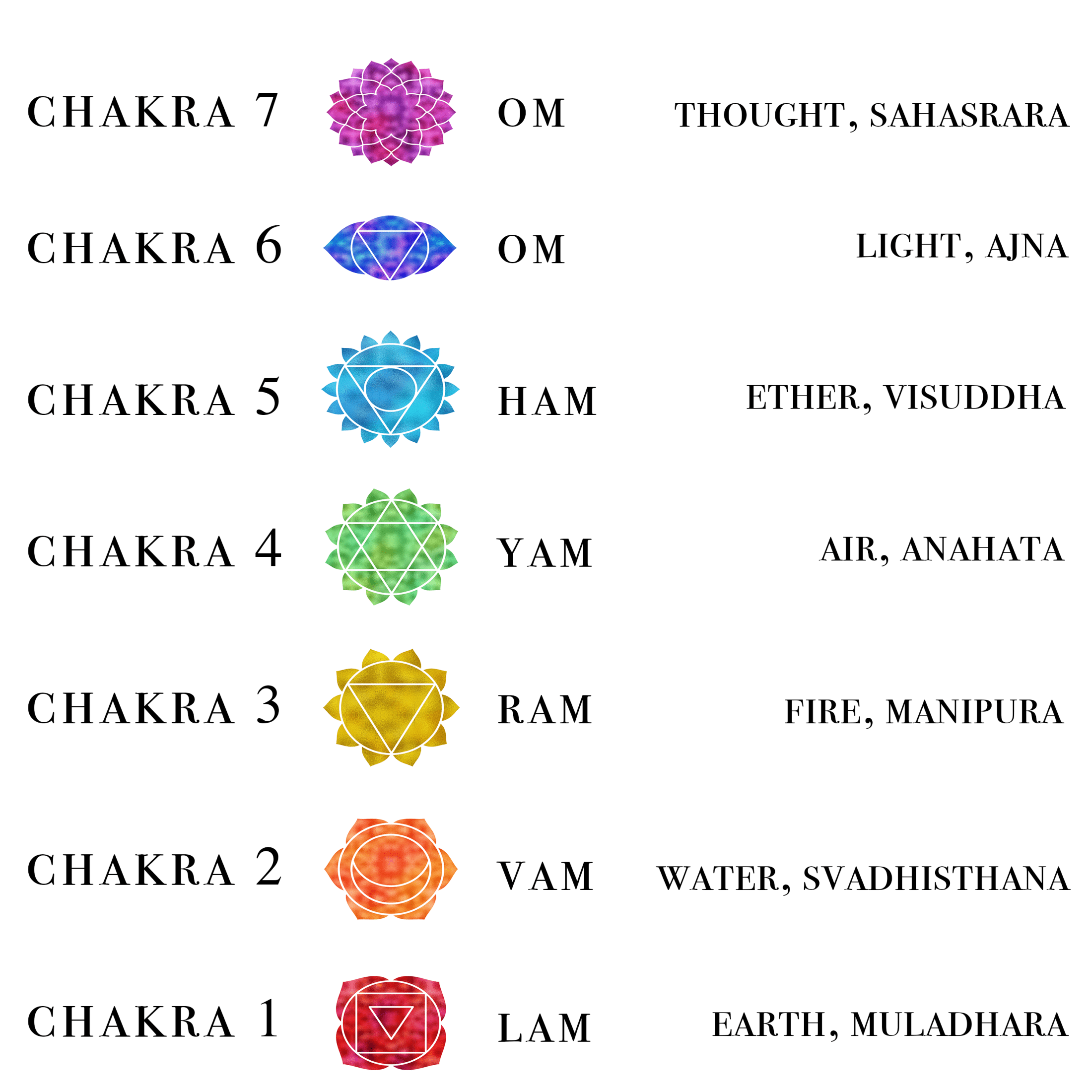
What is Sound Healing?
What is Sound Healing and what is a Sound Meditation?
Understand the difference:
Healing vs. Meditation – Sound Healing supports physical/emotional release and energetic alignment. Sound Meditation cultivates presence, mindfulness, and nervous system regulation.
What’s your role in someone’s healing process?
As a practitioner, you hold sacred space—you are not the healer; you are the facilitator. True healing is chosen by the participant.
Ego vs. Humility
Victimhood vs. Empowerment
Blaming vs. Ownership
The Yoga of Sound = “Nada Yoga”
Nada means "sound" or "vibration"
Nad means "to flow" or "resonate."
Yoga means “to yoke” - the mind, body, and spirit
In Nada Yoga, sound is used to deepen awareness and connect with the Paraspanda—the “Supreme Vibration” at the source of all life.
Sound travels through the body via fluid systems and subtle channels (nadis), which carry vibrational energy and consciousness.
Mantra acts as vibrational medicine, amplifying resonance throughout the body and mind.
Benefits of working with Sound:
• Quiets the mind
• Reduces stress
• Supports emotional release and energetic re-patterning
• Helps access and release trauma
• Establishes internal resonance and coherence
• Activates dream states and intuition
• Encourages cognitive and behavioral change
• Expands awareness and consciousness
• Induces altered, transcendental, or psychedelic states
• Promotes somatic integration through breath, vibration, and presence
Sound Healing Modalities:
As a facilitator, your role is to:
• Set the energetic container
• Offer intentional vibration and space
• Allow participants to choose how deeply they receiveTypes of Experiences:
Sound Meditation: Primarily instrumental, no speaking or singing—participant-driven, introspective
Shamanic Sound Journey: May include live singing, vocalizations, and guided narrative
The Science of Sound and Brainwaves:
When the wave of one thing affects another.
Entrainment is the process by which two or more independent rhythmic systems synchronize with each other.
EX of Entrainment: women’s menstrual cycles synching up, heart rate adjusting to music tempo, etc, circadian rhythms aligning with day/night cycles, etc.
In Sound Meditation you can use the drum or bowls ½ a step a part to create a binaural beat (E&F) (D&D#) (B&C)
Binaural Beats:
2 different frequencies in each ear
Our brain creates the difference between 2 frequencies, if one is 10 and the other is 5, the difference is 5 and your brain creates a new frequency
Isochronic Tones:
One singular tone
Works by pulsing the same frequency and the brain switches it on or off
Brainwave Frequencies:
Delta (0.5-4 Hz): Deep sleep
Theta (4-8 Hz): Meditation, creativity
Alpha (8-13 Hz): Relaxation, light meditation
Beta (13-30 Hz): Alert, focused
Gamma (30-100 Hz): High-level information processing
Sound and the Vagus Nerve
Vagus Nerve or the Wandering Nerve
The longest cranial nerve, running from the brain through the face and thorax to the abdomen. It's a key part of the parasympathetic nervous system, which helps control relaxation, digestion, and other "rest and digest" functions.
Responsible for restoring relaxation after stress/danger response (sympathetic nervous system is activated)
Possible effects of a Sound Meditation on the Vagus Nerve:
Auditory stimulation: The sounds can directly stimulate the auricular branch of the vagus nerve in the ear.
Relaxation response: The calming nature of a sound meditation can trigger the parasympathetic nervous system, of which the vagus nerve is a major component.
Resonance and vibration: Low-frequency sounds may create vibrations that can be felt in the body, potentially stimulating the vagus nerve.
Breathing changes: Sound meditations often lead to slower, deeper breathing, which can stimulate the vagus nerve.
Stress reduction: By lowering stress levels, sound meditations may reduce inflammation, a process partly regulated by the vagus nerve.
Mindfulness: The focused attention during a sound meditation may enhance vagal tone.
Heart rate variability: Sound experiences can influence heart rate variability, which is linked to vagus nerve activity.
Bija Mantras
Bija Mantra is a one-syllable seed sound for each chakra and by intoning each sound the “Flower essence” of each chakra blooms. Each chakra symbol includes a lotus and as you move from Root to Crown the number of petals increases
Root Chakra, Muladhara: LAM
Sacral Chakra, Swadisthana: VAM
Solar Plexus, Manipura: RAM
Heart Chakra, Anahata: YAM
Throat Chakra, Vishuddha: HAM
3rd Eye, Ajna: OM
Crown, Sahasrara: AUM or AH
Initiation Invitation
Awaken the Energy Centers through Sound
This week, begin your journey by exploring the power of Bija Mantras—the seed syllables that activate and balance the chakras through vibration, resonance, and intention.
Each chakra holds specific energetic qualities, and when we chant its corresponding Bija Mantra, we stimulate and harmonize that center within ourselves.
You can choose to chant on your own using the Bija mantras or you can chant along with a recording like the one below.
Journal and Reflection Prompts:
Which mantra felt the most resonant or alive in your body? Which felt more challenging or muted?
What thoughts, memories, or emotions surfaced during or after the chanting?
How did your physical energy shift during the practice? Did you feel more grounded, open, or spacious?
What do you intuitively sense each chakra is asking of you right now?
Where are you being invited to create more balance, expression, or release?


